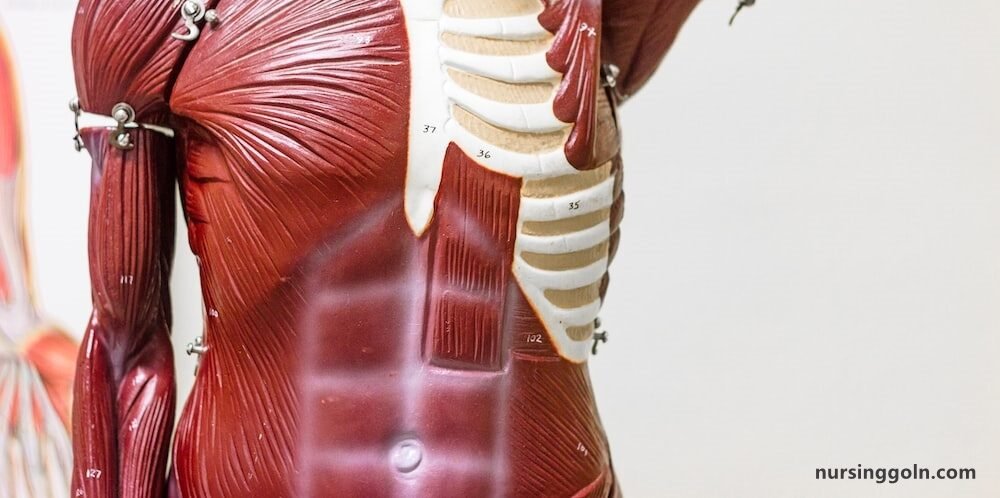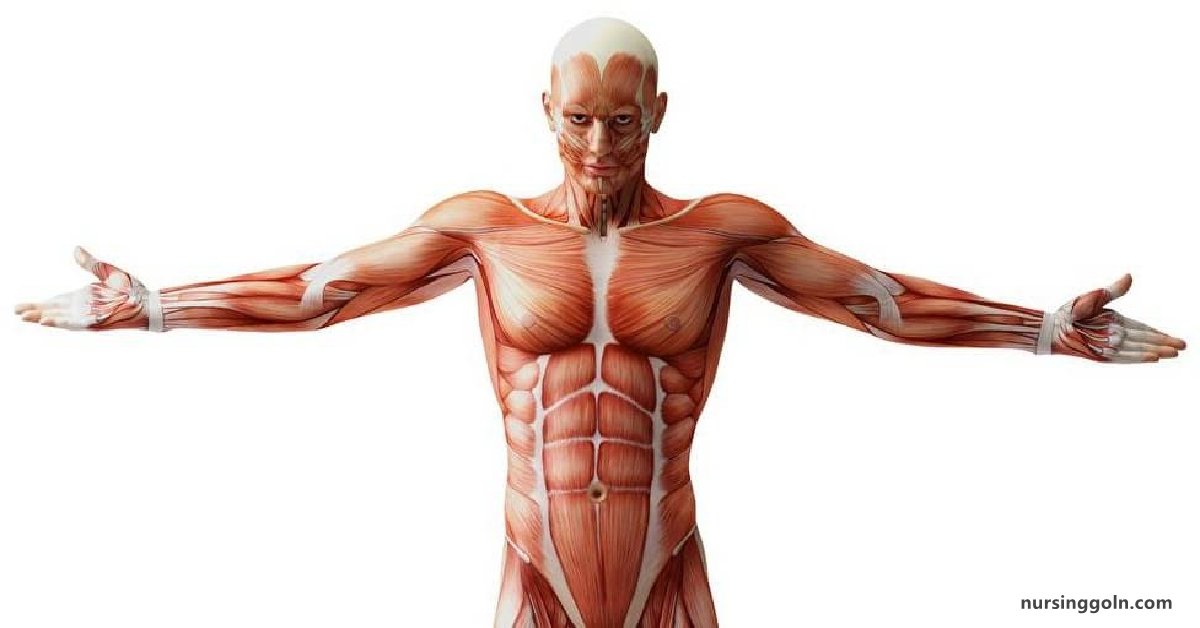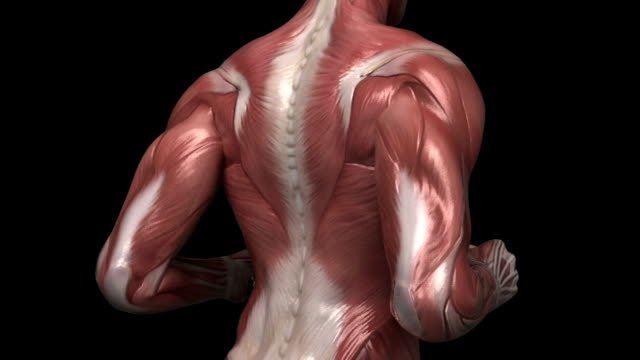Today our topic of discussion is ” Axial Muscles of the Abdominal Wall and Thorax “. The human body, in its brilliant engineering, boasts an array of muscles that not only facilitate movement but also protect and maintain the position of vital organs. Central to this muscular network are the axial muscles of the abdominal wall and thorax. This article offers an in-depth exploration of these muscles, their anatomy, functions, and importance in the holistic functioning of the muscular system.

Axial Muscles of the Abdominal Wall and Thorax: The Muscular System
1. Introduction: The Core’s Armor
The axial muscles of the abdominal wall and thorax are more than just structures that define our physique; they play pivotal roles in posture, protection, respiration, and various other body functions. Their intricate interplay keeps our core fortified and functional.
2. The Abdominal Muscles: The Frontline Defense
The abdominal wall is a complex layer of muscles and fascia that extends from the ribs to the pelvis, providing protection and structural integrity.
- Rectus Abdominis: This is the most prominent midline muscle extending from the pubis to the rib cage. It flexes the trunk and assists in compressing the abdominal contents.
- External Oblique: Positioned laterally, these muscles allow the trunk to rotate and flex.
- Internal Oblique: Lying beneath the external obliques, they function similarly in aiding trunk rotation and flexion but also play a role in forced respiration.
- Transversus Abdominis: The deepest of the abdominal muscles, it compresses the abdominal contents and plays a role in posture and stabilization.

3. Muscles of the Thorax: The Breath of Life
Situated in the chest region, these muscles are vital for the process of respiration.
- Diaphragm: The primary muscle of respiration, it separates the thoracic and abdominal cavities. When it contracts, the thoracic cavity volume increases, facilitating inhalation.
- Intercostal Muscles (External, Internal, and Innermost): Located between the ribs, they assist in elevating and depressing the ribs during breathing, thus aiding in the respiratory process.
4. The Posterior Abdominal Wall: Support and Protection
While less discussed than their anterior counterparts, these muscles provide key structural support.
- Quadratus Lumborum: This muscle stabilizes the lumbar spine and assists in lateral flexion.
- Psoas Major and Iliacus (often combined as Iliopsoas): Vital for hip flexion and maintaining an upright posture.

5. Protective Functions: Shielding Vital Organs
Both the abdominal and thoracic muscles provide critical protection:
- The abdominal muscles shield organs like the stomach, liver, intestines, and spleen from external trauma.
- The thoracic muscles, especially the rib cage, protect the heart and lungs.
6. Functional Aspects: More than Just Movement
Beyond movement, these muscles assist in several bodily functions:
- Digestion and Elimination: By compressing the abdominal contents, they aid in processes like digestion and bowel movements.
- Breathing Mechanisms: The thoracic muscles, especially the diaphragm, play a central role in respiration.
7. Pathological Considerations: Common Ailments
Given their significance, any dysfunction can have notable implications:
- Hernias: Weakness in the abdominal wall can lead to protrusion of abdominal contents, resulting in hernias.
- Diaphragmatic Injuries: Trauma or congenital conditions can compromise diaphragmatic function, affecting breathing.

8. Staying Healthy: Exercise and Care
Strengthening and maintaining the health of these muscles is paramount:
- Core Strengthening: Exercises like planks, crunches, and leg raises target the abdominal muscles.
- Breathing Exercises: Practices such as diaphragmatic breathing can strengthen thoracic muscles.

9. Future Outlook: The Road Ahead
In the realm of healthcare and fitness, emerging research focuses on enhancing the functionality and resilience of these muscles. From advanced surgical procedures to treat hernias to physiotherapy protocols for spinal health, the emphasis is on holistic well-being.
10. Conclusion: The Unsung Heroes of the Core
The axial muscles of the abdominal wall and thorax, often overlooked in discussions focusing on larger muscle groups, form the bedrock of our muscular system. Their synergistic functioning ensures our core remains robust, our posture upright, and our vital organs shielded. Understanding, appreciating, and caring for these muscles is essential for holistic health and well-being.
Read more:
